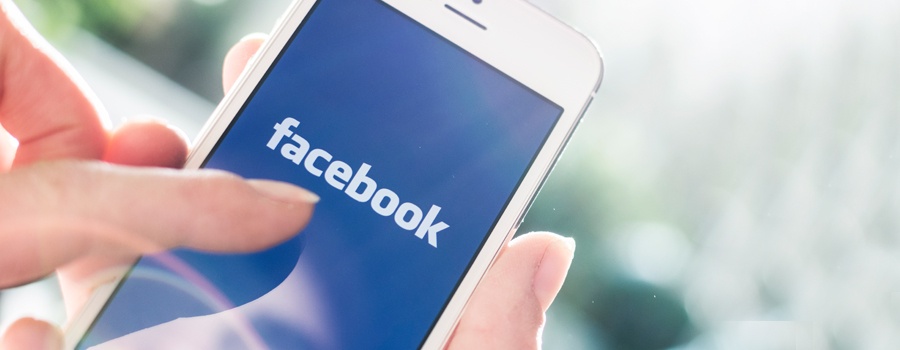Tag: media
-

How to Make HIPAA Disclosures During Mass Tragedies
In light of the recent incident in Las Vegas, the Office of Civil Rights, the government entity responsible for HIPAA Compliance, issued clarification guidance on the ability of a health care provider to share patient information during such situations. While such incidents are taxing on health care providers in terms of treating capacity and ability,…
